anthony galvin
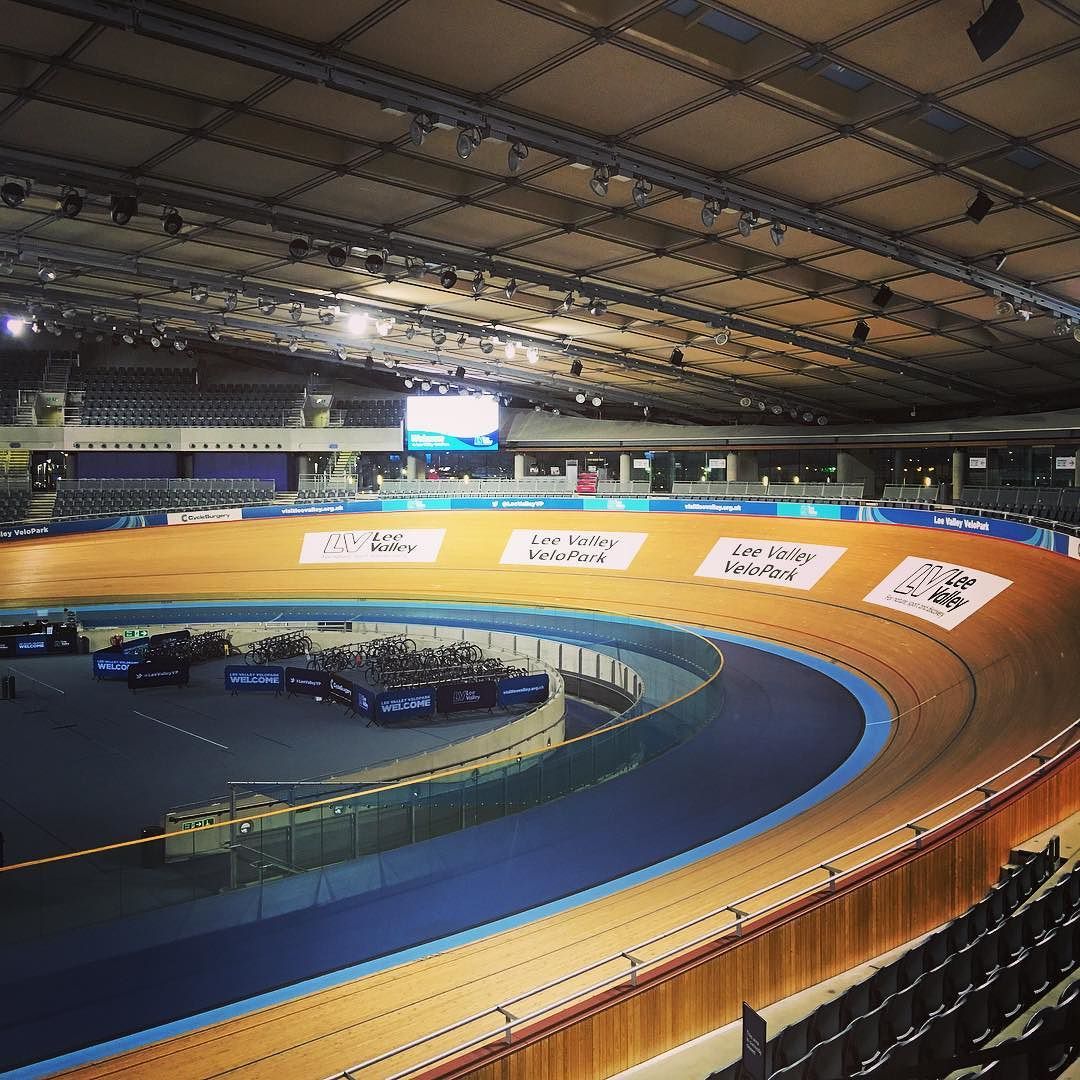
A night on the boards
I’ve ridden lots of different bikes, in lots of different places. But this is the first time I’ve ridden fixed gear. With no brakes. On a wooden track that slopes to over 40 degrees in the banking.
But this isn’t just any wooden track - this is the Olympic Velodrome. It’s immediately familiar. I’ve spent hours watching Hoy, Wiggins, Pendleton, Trott and many more speed round. Only a few days before my ride, the world championships were filling the place to the rafters.
It’s a different feel today. No crowd and instead of sitting in the gods cheering I’m stood in the middle of the track. Watching the big screen, waiting for my turn to record a flying lap time.
We’ve already had an hour or so of coaching. Learning how to move across the blue boards of the ‘Côte d'Azur’ and speed round the track. Taking just enough speed to hold an improbably high line near the top of the vertiginous banking. I adjust my seat again. In my mind channelling the great Eddy Merckx, though in reality it’s just nerves.
Then I’m off. Slowly at first. Building up speed so I can take the bend as high as possible and then swoop down to the start line. Legs pumping, gripping too tight to the bars.
Down over the line and into the first bend. I’m trying to hold the black line and ride the shortest distance. In my excitement and enthusiasm I’m way above the line. Up near the red, riding too far as I catapult into the back straight. Then round the final bend and I’m already facing the finish line, one last effort and I’m done. I’m breathing so hard that I’m not able to look up and see my time. I slow down and drift back into the middle of the track, as the next rider starts their charge.
My time is pretty terrible, but that’s ok. I’ve ridden the Olympic velodrome and I’ve got a few pointers about where I went wrong. I’ll be back to take some laps soon.
2016-03-22 13:49:36 GMT permalink
Technology, creativity & humanities
Yesterday at AKQA London, Alec Ross took part in a Q&A. Ross is former innovation advisor to Barack Obama and Hillary Clinton. The session was wide ranging covering genetic testing, cyber warfare and the US election. But the topic that got me thinking was when Alec described the skills that people will need in the future to be employable in a more automated world.
Alec’s answer was that people will need to combine excellence in technology, creativity and the humanities (social sciences, psychology, politics etc…). The need for “creativity in the age of automaton” isn’t a new idea. But humanities in the age of automation was a new addition!
Listening to Alec I realised that many of the best developers I’ve encountered in my agency career would already fit this profile. Developers with a background in music or fashion or cartoons or in some other discipline beyond just computer science. Some with a pure computer science background often have a hinterland - a not so hidden passion for triathlon or pickled onions.
This isn’t a plea for developers who don’t know their (pickled) onions. Deep tech knowledge, and a genuine understanding of the fundamentals is mandatory. It’s a recognition of the fact that a well turned out line of code on its own isn’t going to be enough. Solving complex problems requires deep collaboration. Collaboration with people of different disciplines and levels of technical expertise. The most successful agency side developers are not just receptive of input from designers, strategists et al. They are empathetic to the objectives of different disciplines and able to contribute to the process.
We often talk about T-Shaped individuals (especially when hiring). This sometimes masks the reality of an organisational structures and processes that make it hard for such people to succeed.
Finding ‘renaissance’ developers today is one thing. The T-Shaped developers of tomorrow are probably a bigger concern. If Ross’ hypothesis is correct then current trends in UK education policy are a serious concern. Rather than reducing the emphasis on arts and creative subjects, we should be emphasising the importance of these. Not at the expense of STEM subjects, but in conjunction with them. Perhaps I’m biased - I’m Music Tech graduate, who works in technology.
2016-02-24 12:32:46 GMT permalink
Javascript & Me
A little while ago I wrote about some of the tools I’ve been using, but my most frequently used tool, isn’t really a tool, but a programming language which has become my default way of solving problems with software. Javascript.
The benefits, convenience and inevitability of Javascript have been well documented - to the point of ’overwhelm’. It’s not just the ubiquity of the language that’s making it the tool of choice for agencies, start-ups and corporate teams alike (though as someone who helps build agency teams, being able to double down on a single language for front-end and backend development is pretty handy). For me it’s the quality of the tooling (with the likes of PM2 and Gulp becoming part of my standard toolkit), and also the community that supports, builds and shares around this common eco-system.
It’s easy to find people who decry the rise (and rise) of JavaScript. When I started my first web job 17 years ago, it was impossible to imagine that you’d be able to get JS to run consistently in a couple of browsers (with a touch of document.write) never mind power an in cabin airline experience and more. With the rapid adoption of the latest versions of JavaScript, and the continued evolution of the language, I’ve got a terrible feeling I’m going to be writing more and more javascript for a while to come.
2016-02-22 11:57:32 GMT permalink
The Honey Club made a film about the #KXBeeTrail app that Wolff Olins helped to make last summer. Warning includes me talking!
2016-01-07 12:55:04 GMT permalink
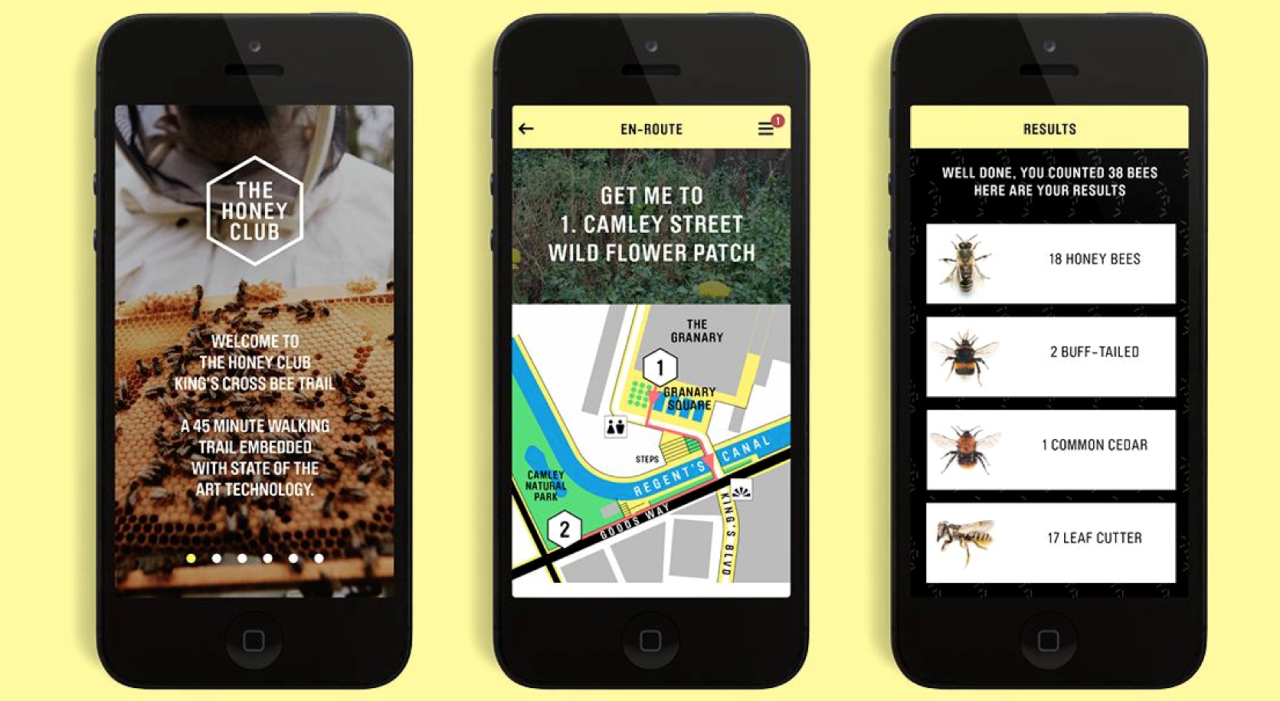
Early this summer the Honey Club, a social enterprise comprising of Wolff Olins, Urban Bees and Global Generation launched #KXBeeTrail - a technology powered walking tour of King’s Cross that aims to help people learn more about the relationship between bees and the urban environment.
The app uses Physical Web beacons, an open source Bluetooth technology that allows physical locations to have a web address. As people wander round the trail they can unlock information and participate in some interactive citizen science by counting bees at key locations.
There’s a companion app for Android and iOS that guides people along the route. To build the app, the team used PhoneGap a cross platform app development ‘wrapper’ that makes it easy to create native applications. By using responsive web techniques we were able to fairly quickly create an app that could work well across thousands of different devices and use the latest Bluetooth LE native functionality that’s available in most modern smartphones. The other benefit of using PhoneGap is that it allowed us to keep our usual front end workflow in place - using tools like Gulp to automate the build process.
To help fast forward the development we were indebted to a couple of key open source projects and libraries that handle the low level communication between the beacons and peoples phones - most notably the BLE library for Cordova / PhoneGap by Don Coleman.
But this (hopefully) isn’t just a worthy science project, there’s a mix of fun activities, educational content and some utility for users who get to explore an area of London that’s changing rapidly whilst unlocking vouchers for some of the best restaurants and cafes in the area.
In many ways it’s easy to see this as a technology and science project. But it’s more complex and interesting than that. To create this kind of physical and technological experience in public requires an extreme form of collaboration between different teams, disciplines and experts - including bee experts, sign makers, horticulturalist, software engineers, designers (of all types), project managers, strategists, property managers, event planners, testers and (most) importantly local people and visitors who are the end users.
The signs will be up, and the app available for a few more weeks (whilst the bees continue to work their magic), as part of what is the first phase of the project for the honey club, and hopefully a better future for the urban bees of London, N1.
2015-09-22 22:04:53 GMT permalink
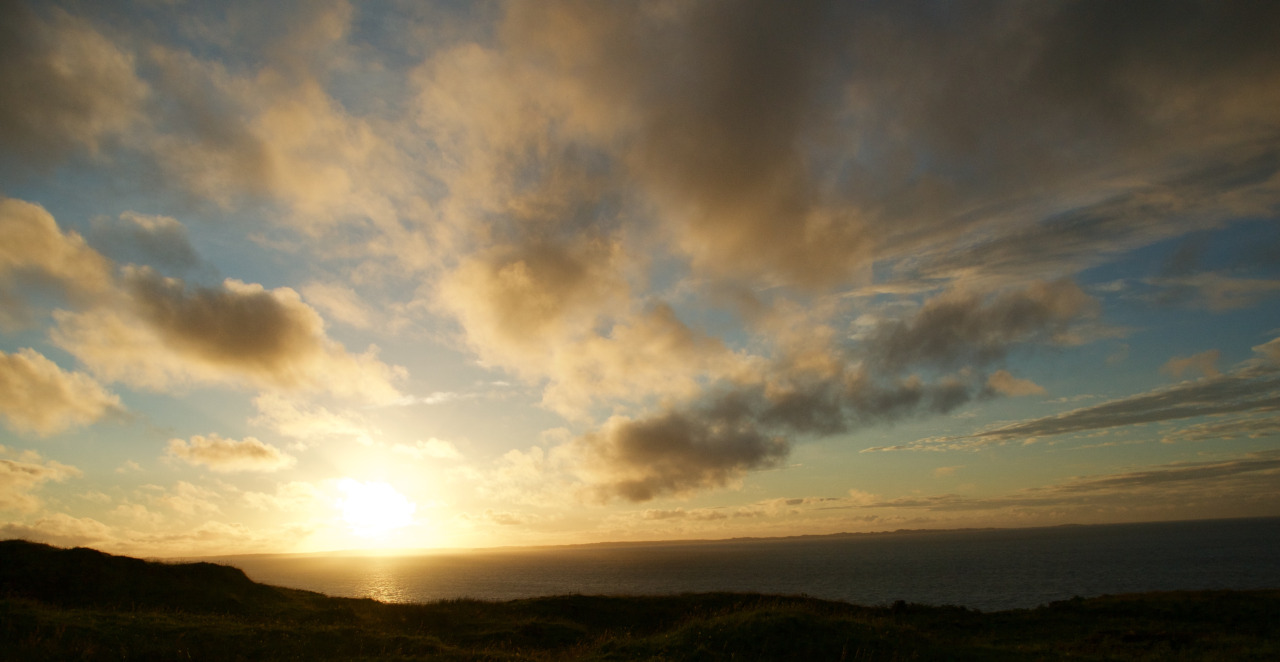
It’s becoming a bit of a family tradition. Piling the car high and driving northwards for our summer holidays. Usually to Mull, for a family holiday in and around the islands off the North West coast of Scotland. With a few detours on route, this year via the Northumbrian coast.
The holiday and the journey have become a bit of a ‘yardstick’, a marker against which we measure the year - a mid-point where it’s possible to glimpse just far enough forwards and back to take stock of another years temporal changes and what might lie ahead.
And perhaps the islands are a useful tool for this. Although they’re a permanent fixture for the people and animals who inhabit them, for us the islands are a temporary respite, a fleeting viewfinder that helps us see more clearly. There’s a liminal quality to our visits, not permanent but through repeated stays more than just temporary.
2015-09-22 21:49:45 GMT permalink
My Toolset
In the rush and push of the working week it’s easy to forget the tools and tricks that hold things together. Recently a colleague asked about a little workflow trick I’d been using and I realised I’ve never jotted down and shared a list of my day-to-day toolset, so I’ve posted the list below.
This doesn’t include the pure developer tools I use such as Sublime Text or Vagrant but hopefully the more general ones that might be more generally useful (I’ll post a geek tools list another time).
Workflowy
The reason I find Workflowy so useful is that in many ways it mirrors the way that I think. Infinite lists of bullets, searchable, taggable and sortable. And also shareable, so that you can turn a list into a collaborative workspace.
Twitter + IFTTT + Instapaper
This isn’t a single tool, but a neat little workflow trick. When I’m pushed for time or on my daily commute where I can’t always get a good data connection I often see interesting and useful articles on Twitter. When I tap the ‘favourite’ icon in Twitter, IFFT jumps into actions and pushes that article into Instapaper for me to read later.
Google Drive
It’s not the elegant toolset of the drive apps that make it essential (though simplicity helps), but the simple power of cloud based functionality. It’s on all my devices, I don’t have to back it up, it’s pretty secure (with 2 factor authentication enabled), doesn’t run out of space (for a small fee) and I can quickly turn some private thoughts into a shared workspace. Remind me again why I want files on a local hard drive?
Tweetdeck
Some people “don’t do social media” and I respect them for it, they must be really smart. For me Twitter is often where I get lots of professional tips, articles and background info. In short it makes me look smart, arming me with facts and figures. Tweetdeck is my way of filtering and making sense of the thousands of tiny fragments of information that are flying through my feed every hour.
Slack / Skype / Hangouts
This could be called “not email”. I’m not loyal when it comes to the ever more commoditised world of realtime chat. If you’re on Skype, prefer Google Hangouts or Facetime then jumping on call is good with me. In a world where it’s about working with the best people, no matter where they are, video calls are unavoidable - but they’re not the only answer. Recently we’ve been using Slack on some global projects and the power of asynchronous group chat and file sharing on projects that run across multiple locations and timezones is invaluable. HipChat is pretty good in this space, but if you’re not tied to the Atlassian stack then Slack is probably an answer.
Pop App
Need to test an app idea really quickly or show someone ‘how it might work’. Then draw a few screens on a piece of paper and then fire up Pop App and in few minutes you’ve got a tappable, sharable prototype.
OmmWriter
Even the cut down writing interface of documents in Google Drive can be distracting - especially mid-afternoon when my notifications are firing at a terrifying rate. OmmWriter cuts the notifications and keeps it simple, perfect for focussing on getting the words just right.
Trello
In many ways Trello is the same as Workflowy (above), it’s a fancy, collaborative, list environment. But it’s the interactions and card like system make it different and a great way to create Kanban style boards to keep you (and your team) organised.
2015-06-01 21:47:30 GMT permalink
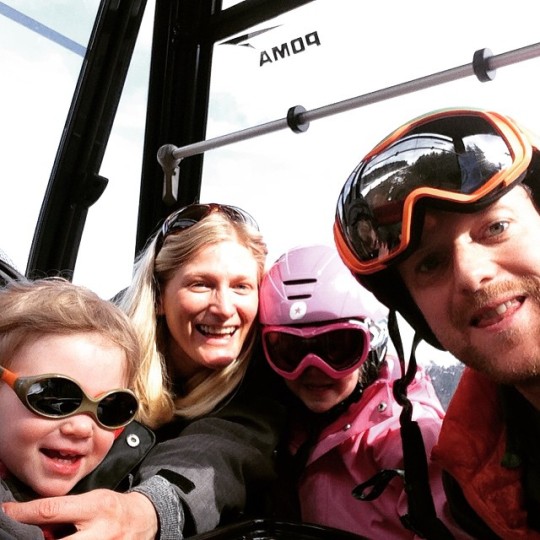
Back in the mountains.
Earlier in the week someone asked me if I was enjoying my time in the mountains “in spite of the weather” - as if somehow the wind, rain, snow and (occasional) sunshine were somehow separate entities from the Alps themselves.
The sun hasn’t shone everyday, and the reality of bringing two small children on a snowboarding trip has meant that there hasn’t been a huge amount of actual boarding.
In the pockets of time in between (ski school, getting children back to sleep, sneaking off to grab a late lift) - it’s easy to see that it’s a great time to be in the Alps.
The season is turning, little streams opening back up, small birds flitting between the trees on the lower slopes. A feeling that another winter has been marked off and observed. And as a family the trips at this time of year are becoming our own way of marking the end of winter. The point where we start to move our horizon beyond the next few weeks and to start to think about the spring and summer that lie ahead.
2015-04-03 16:58:30 GMT permalink
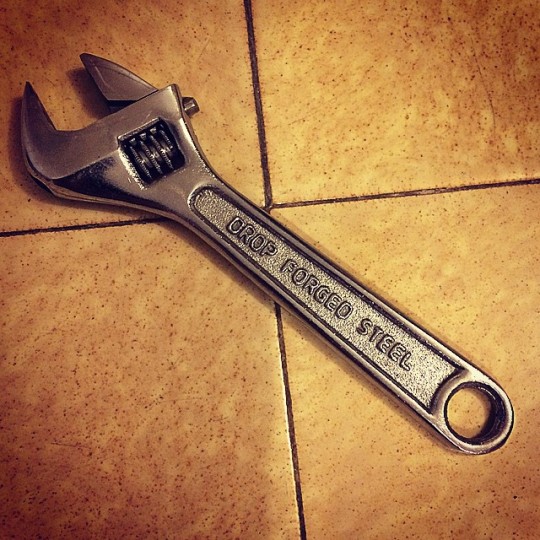
Tools are recursive.
Increasingly the conversations I’m having in the office are about tools - digital tools, scalable tools, technology as a tool. But these conversations quickly get meta. There are as many definitions of a digital tool as there are tools themselves. And many of these tools are really incremental pieces of technology, built on a whole heap of other tools and platforms.
As an example, some people in the office have been using Slack, a collaboration and communication tool that’s been getting some press (and dollars) recently. Slack uses, amongst other things, some Amazon AWS tools. Which are tools that we also use to build tools for our clients. And you can create and integrate other tools with Slack, allowing you to create tools to extend a tool that you use to help a team create tools.
Confused? You probably shouldn’t be. The fact that there are few new ideas and that we are building on the ideas / frameworks / shoulders of others is surely standard operating procedure in the current point of our post-sampler creative and cultural continuum.
But what’s important is not the just the originality of the 1% being added to the collective digital noise, but the story that you tell. The how, what and why matter as much as the code you write. Perhaps story points shouldn’t just be in the backlog.
2014-12-11 21:53:57 GMT permalink
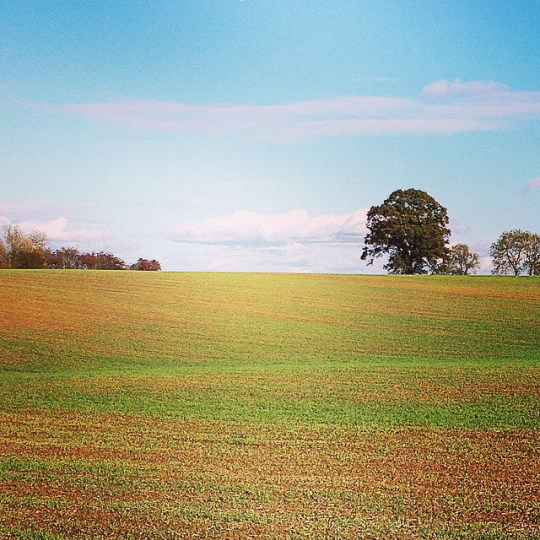
What is the countryside for.
It’s a question that’s increasingly discussed, often in light of factory farming, wind farms, fracking or the housing policy.
But it’s not just a directly economic asset. It’s also an escape route. After a genuinely difficult week for our family, we struck out on our usual short loop around the patchwork of fields and pathways that surround the village.
This isn’t picture postcard England. The sights on our circuit incorporate the village football pitches, a couple of light industrial units, a view of Milton Keynes in the distance, some former clay pits (“the bomb hole”) and on Saturday the joy of a red kite soaring over the fields and a clear light that shone some brightness back into our family life.
The countryside is ‘for’ lots of things - but not all of them are easily measured in pounds or acres.
2014-10-27 09:47:23 GMT permalink
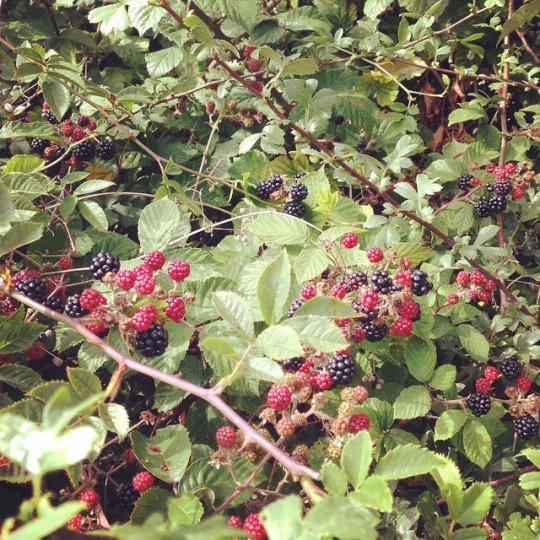
Marking change.
It’s that time of the year when you look up and realise that summer has all but slipped away. There is a mist over the fields in the morning, and although still mild the heat has gone out of the middle of the day. But it’s still just about summer. A ‘quarter season’. A liminal time.
There are a lot of small rituals and signs associated with the coming of autumn and I have my own list of minor indicators that provide a coda to another summer: the end of the cricket season, preparing my commuting bike for the damp mornings ahead and a family walk out along the edge of the village collecting blackberries (and sloes).
There’s been some bigger changes too over recent week: a new niece, a new start for Violet and maybe for Emma as well. Everything the same, constant change.
Inspired by the idea that temporal landmarks are important, it feels like these familial rituals need more space and emphasis. The sloes are already in the gin, waiting for another occasion to mark.
2014-09-14 10:55:58 GMT permalink















































































































